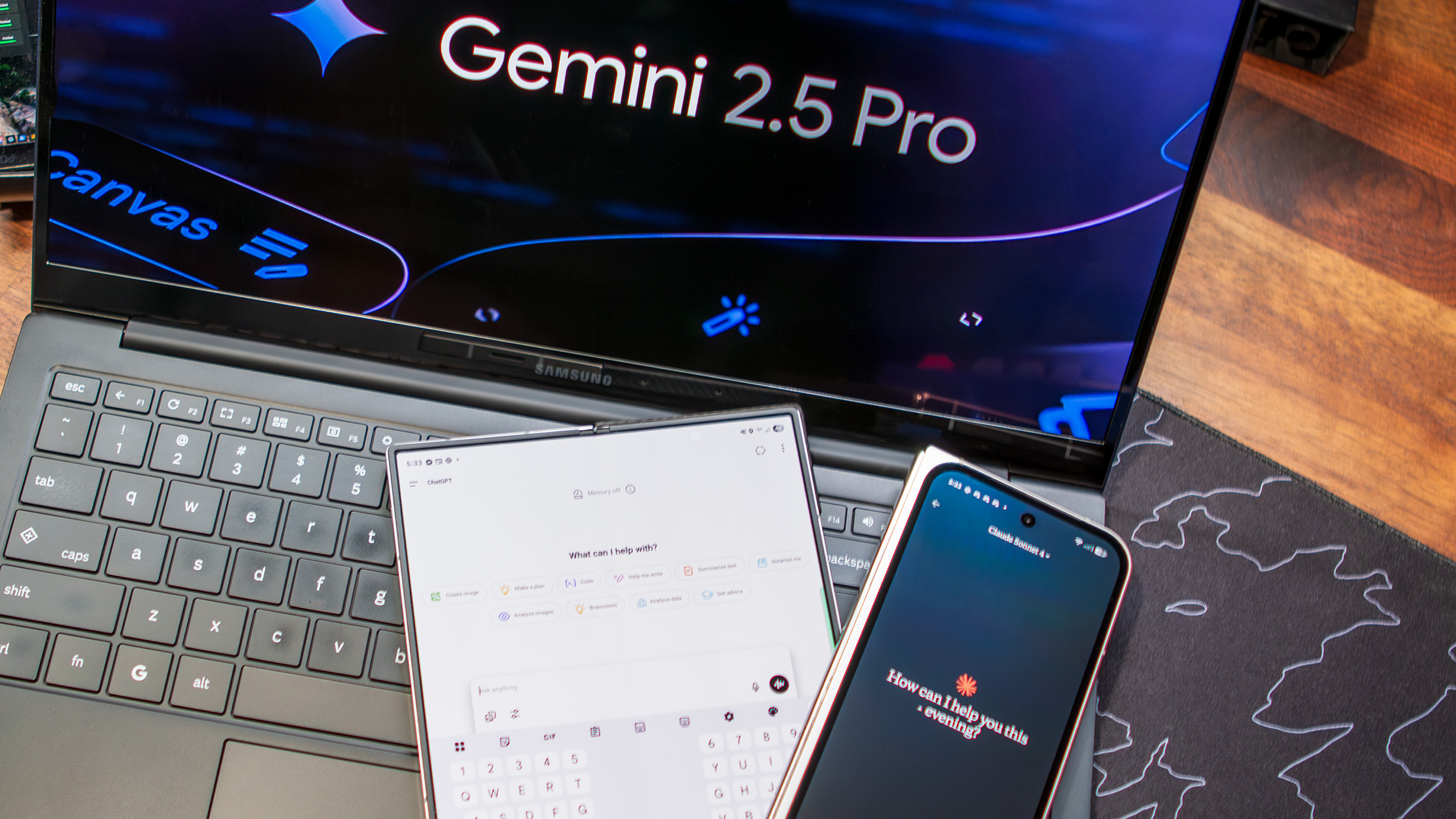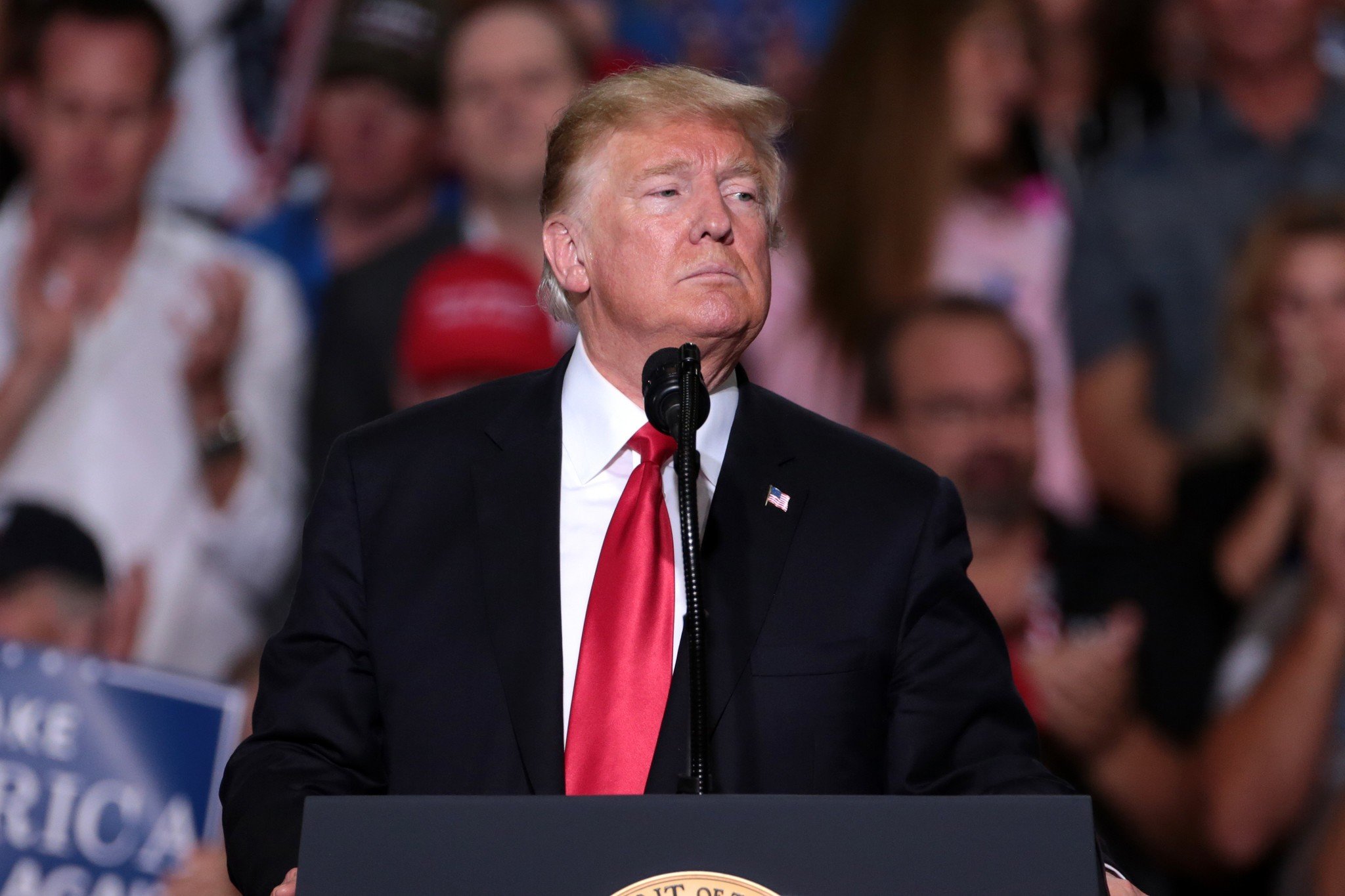US to deregulate AI and incentivize exports under Trump's new AI Action Plan
The administration is focused on "winning the race" to develop AI.

What you need to know
- The Trump administration today released "America's AI Action Plan," which outlines more than 90 policy goals intended to increase U.S. AI innovation.
- The policy plans include reducing red tape for AI infrastructure building, eliminating references to DEI and "ideological bias," and controlling exports.
- The AI Action Plan is a sharp departure from Biden-era regulations, which tried to limit AI misinformation and consider the climate implications of infrastructure building.
AI development in the U.S. is about to change. The Trump administration today laid out its AI Action Plan, a 23-page document outlining over 90 policy decisions regarding AI to be implemented over the next year. The document, subtitled "winning the race," removes regulations and policies the administration views as restricting AI innovation in the country.
Michael Kratsios, who leads the White House Office of Science and Technology Policy, told NPR that the Trump administration will consult with the AI industry and others to iron out the details. Kratsios compared the Biden-era regulations to European Commission rules on technology, saying "we cannot afford to go down Europe's innovation-killing regulatory path."
U.S. President Trump wrote in the plan that "it is a national security imperative for the United States to achieve and maintain unquestioned and unchallenged global technological dominance." That involves harnessing "the full power of American innovation," according to the President, which is why the AI Action Plan will deregulate AI research and development in major ways.
How the Trump administration plans to reshape national AI development

The plan involves three pillars: innovation, infrastructure, and international diplomacy and security.
The first pillar includes policy recommendations intended to support AI development, such as supporting AI adoption in the federal government and encouraging open-source model development. It also plans to amend the National Institute of Standards and Technology (NIST) AI Risk Management Framework to "eliminate references to misinformation, Diversity, Equity, and Inclusion, and climate change."
The government plans to review LLMs to "ensure that their systems are objective and free from top-down ideological bias." It's not immediately clear how this will be evaluated, but the Trump administration will not grant government contracts to companies who don't meet this arbitrary threshold.
Additionally, the U.S. Departments of Labor and Education will prioritize AI skill development in an attempt to "empower American workers in the age of AI."
Get the latest news from Android Central, your trusted companion in the world of Android
The second pillar focuses on supporting AI infrastructure in the U.S., and will streamline permits for AI data centers and eliminate or reduce climate-related restrictions. Specifically, the Trump administration wants to streamline or reduce regulations enforced by the Clean Air Act and Clean Water Act, among other environmental standards set by federal law.
Part of the infrastructure pillar includes expanding and stabilizing the U.S. electrical grid, strengthening the country's cybersecurity defenses, and creating AI incident response plans at the federal level.
Finally, the international diplomacy and security pillar will increase U.S. exports in AI and technology to its allies while fortifying export controls on "countries of concern." Financing from the Development Finance Corporation and Export-Import Bank will be used to create AI export packages for "countries willing to join America’s AI alliance."
For countries that the Trump administration believes to be a concern, it will look to strictly enforce export controls for technology needed for semiconductor manufacturing. The administration will simultaneously increase export control requirements beyond just major systems required for fabrication, expanding them to include component sub-systems. From there, the federal government plans to monitor and enforce these regulations on foreign exports.
"This would include monitoring emerging technology developments in AI compute to ensure full coverage of possible countries or regions where chips are being diverted," the plan explains. "This enhanced monitoring could then be used to expand and increase end-use monitoring in countries where there is a high risk of diversion of advanced, U.S.-origin AI compute."
What this means for AI development in the U.S.

Under the current Biden-era regulations, development of AI must comply with standards intended to reduce the risk of misinformation and limit the climate impacts of building out AI infrastructure. The proposed AI Action Plan from the Trump administration aims to reverse many of these policies. It believes that cutting red tape will encourage AI innovation in the U.S., according to Kratsios.
Currently, this plan is made up of policy goals that the federal government wants to implement with "near-term execution." However, they will not be enacted immediately. The first wave of changes may come via executive orders issued by President Trump imminently, but others could take longer.
It's also possible that parts of the AI Action Plan could face legal challenges, specifically those targeting DEI and ideological bias. The provisions could be challenged as content-based discrimination, according to UC San Francisco School of Law professor Rory Little speaking to Yahoo Finance. With that being said, experts including Little believe AI companies bidding for government contracts may comply with the Trump administration's demands even if they are unlawful.
For now, we will have to wait and see how the Trump administration's policy goals are implemented, and how it shakes up AI development in the U.S.

Brady is a tech journalist for Android Central, with a focus on news, phones, tablets, audio, wearables, and software. He has spent the last three years reporting and commenting on all things related to consumer technology for various publications. Brady graduated from St. John's University with a bachelor's degree in journalism. His work has been published in XDA, Android Police, Tech Advisor, iMore, Screen Rant, and Android Headlines. When he isn't experimenting with the latest tech, you can find Brady running or watching Big East basketball.
You must confirm your public display name before commenting
Please logout and then login again, you will then be prompted to enter your display name.
